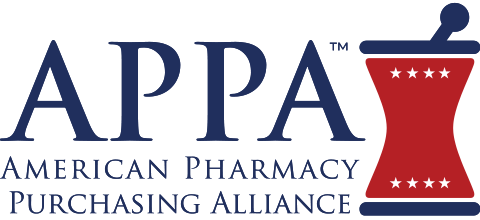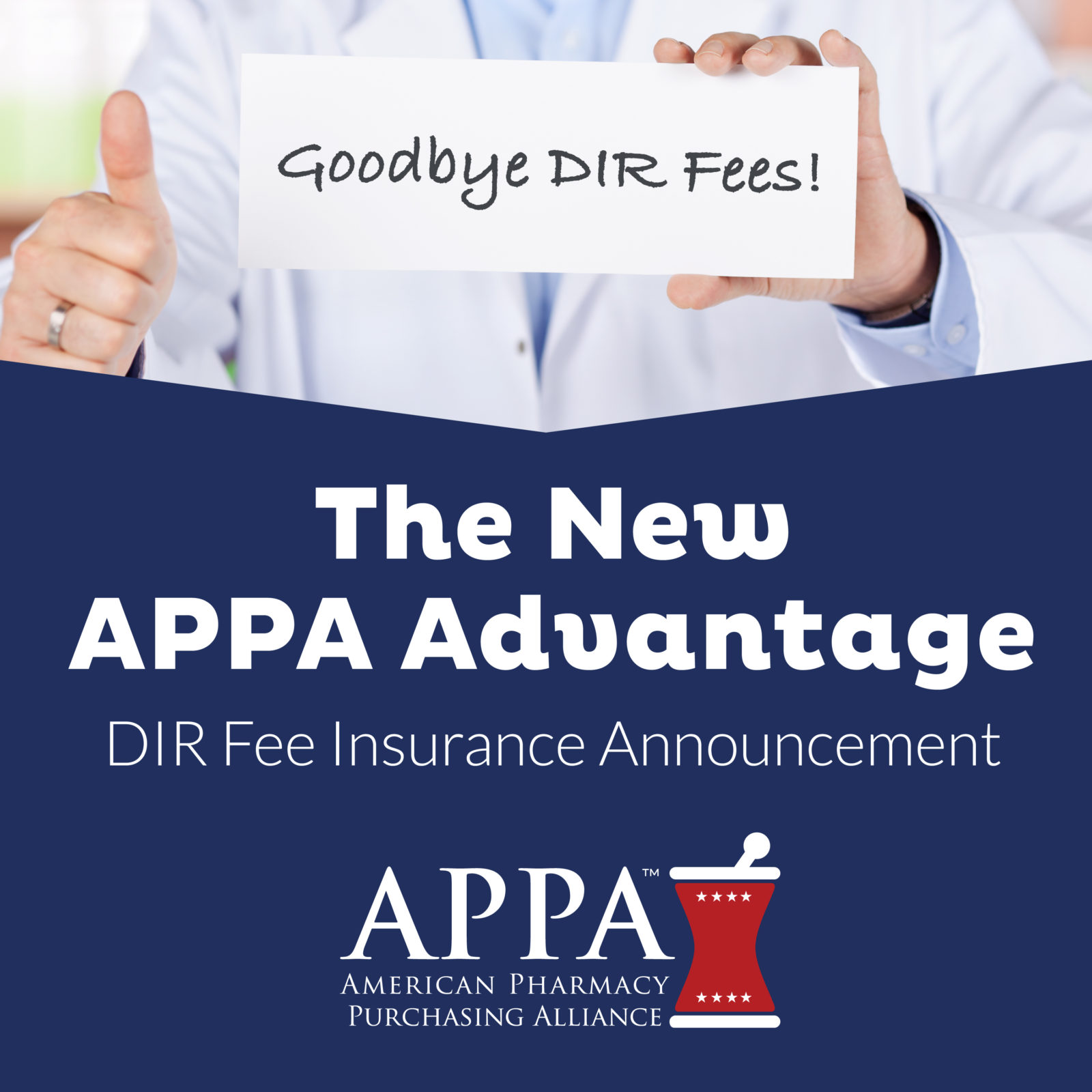The Centers for Medicare & Medicaid Services (CMS) has announced that during 2020, an increased number of senior citizens will have access to higher quality Medicare Advantage (MA) and Part D prescription drug plans. That announcement came as the agency released 2020 Star Ratings for plans operating under these programs, which indicated improved performance averages on the determinative star rating index.
“Most people with Medicare will have access to Medicare Advantage and Part D plans with four or more stars in 2020,” CMS explained in a press release, “and approximately 81 percent of Medicare Advantage enrollees with prescription drug coverage will be in plans with four and five stars in 2020, an increase from 69 percent in 2017.”
Specifically, CMS expects 52 percent of Medicare Advantage plans that offer prescription drug coverage to have an overall rating of four stars or higher, compared to approximately 45 percent during 2019. Further, the agency notes the average star rating for all Medicare Advantage plans with prescription drug coverage has improved to 4.16 out of 5 stars, increasing from 4.02 in 2017.
With regard to Part D plans, analysis by AARP found that while scores are “much lower than those of the MA plans,” they too had shown improvement over the past year, “mainly because beneficiaries have moved from plans with lower scores to those with higher ratings.”
Overall, CMS estimates that during 2020, 28 percent of individuals enrolled in stand-alone Part D plans will be covered by plans with four or five stars, compared to three percent covered by such plans in 2018. The average star rating for a stand-alone prescription drug plan has improved from 3.34 in 2019 to 3.50 in 2020.
In announcing these improvements, CMS Administrator Seema Verma noted improvements that have been made to Medicare Advantage and Part D programs. “Due to recent actions CMS has made to protect and strengthen Medicare Advantage, plans are better able to compete on the basis of cost and quality,” Administrator Verma noted. “As a result, beneficiaries are benefiting from more plan choices, lower costs, and increased quality.”
While this improvement among Medicare Advantage and Part D plans is certainly positive news, it does hold important implications for pharmacies – even though pharmacies are not specifically part of the CMS Star Rating system.
Let’s explain that.
In 2008, the Centers for Medicare and Medicaid Services (CMS) created the Five-Star Quality Rating System as a way to assess Medicare health and drug plan performance on a number of key criteria. The purpose is to provide patients and their families with an easy way to compare plans, and ensure access to high-quality choices for their Medicare coverage.
In addition, by rewarding strong performers with financial benefits, the star ratings system seeks to incentivize low-scoring plans to improve performance.
Medicare plans are rated on a scale of 1 to 5 with, according to CMS, a 1-star rating representing poor performance, and 5-stars representing excellent performance. The official scoring matrix breaks down as follows:
5-star rating: Excellent
4-star rating: Above Average
3-star rating: Average
2-star rating: Below Average
1-star rating: Poor.
High performers receive significant rewards for their good ratings that include major incentive bonuses (for Medicare Advantage Drug Plans) and the ability to enroll patients year-round. A poor performing plan will naturally not be eligible for financial bonuses, but runs the greater risk of losing eligibility to serve as a Medicare plan.
In addition, highly rated plans will attract larger numbers of patients, while poor performers will tend to lose members. Dr. Zac Renfro, PharmD. explained in an Elements Magazine article why the ability to attract new members is critical to today’s health plans. “Due to the Affordable Care Act (ACA), health plans and pharmacy benefit managers (PBMs) can now only keep a certain percentage of their profits,” he explained. “The remaining amount must be used to cover the cost of the services they provide, as well as reinvesting back into the health plan or PMS’s program.”
Which is where plan enrollment becomes a factor. “The only way that they can increase their profits,” Renfro noted, “is by increasing their patient numbers in their health plan. Health plans that have a lower star rating tend to have a lower number of patients choosing them over higher rated plans that have similar costs.
“With pharmacies impacting a plan’s star rating so much,” Renfro added, “they’re starting to put an emphasis on pharmacy quality scores to determine preferred networks and other performance contracting programs.”
Star Ratings – Key Criteria
While many factors contribute to a health plan’s star rating, Medicare.gov offers a “summary” of key considerations that include:
- Staying healthy – screening tests and vaccines: Whether members receive various screening tests, vaccines, and other check-ups to help them stay healthy. For example, plans are assessed based on percent of plan members who receive flu vaccinations each year, the percent of female members who have regular mammograms, and the percent of plan members screened for colon cancer.
- Managing chronic conditions: How often members with certain conditions undergo recommended tests and treatments to manage their conditions. This includes ensuring patients with diabetes receive recommended care; that patients with high blood pressure follow recommended treatments, and that patients with bone fractures are treated for brittle bones.
- Member experience with the health plan: Based on member ratings of a particular plan.
- Member complaints and changes in the health plan’s performance: How often members had problems with the plan. Includes how much the plan’s performance improved (if at all) over time.
- Health plan customer service. How well the plan handles member calls and questions.
Prescription drug considerations
Medicare plans that cover prescription drugs are assessed on factors that include:
- Drug plan customer service: How well the plan handles member calls and questions.
- Member complaints and changes in the drug plan’s performance: How often members had problems with the plan. This includes how much the plan’s performance improved (if at all) over time.
- Member experiences with the drug plan: Member ratings of the plan.
- Drug safety and accuracy of drug pricing. Assesses accuracy of the plan’s pricing information, and the frequency with which members are prescribed drugs in a way that is safe and clinically recommended for their condition.
Within these broad categories are several considerations that directly relate to pharmacy performance. These factors include:
- Ease of getting prescriptions filled when using the plan.
- Accuracy of the plan in providing drug pricing information: This is a score based on prices members actually pay for drugs, compared with prices listed on the plan’s website. Higher scores in this category generally mean the plan accurately listed drug prices.
- Diabetes, blood pressure, and cholesterol medication adherence: Percent of plan members with prescriptions for these conditions “who fill their prescription often enough to cover 80 percent or more of the time they are supposed to be taking the medication.”
- Members who had a pharmacist (or other health professional) help them understand and manage their medications. This is especially relevant for patients with medication therapy management programs. Programs are assessed to determine frequency and quality of interactions and discussions between the pharmacist and patient.
- Extent to which patients with diabetes are taking drugs to treat high cholesterol. As a way to lower the risk of developing heart disease, most people with diabetes should take cholesterol medication. This rating is based on the percent of diabetic plan members who take the most effective cholesterol-lowering drugs.
- Plan members’ complaints about prescription drug coverage: Every year, Medicare surveys people who leave their plan to determine reasons behind that decision. Patients are specifically asked if problems with prescription drug coverage played a role with regard to:
- Any change in medications covered by the plan
- Any problems getting the plan to pay for their medications
- Any problems obtaining medications, including brand name drugs; or
- Frustration with the plan’s approval process.
- Comprehensive medication reviews (CMRs) were added to the list of star rating categories in 2017, as a way for Centers for Medicare & Medicaid Services to assess the quality of medication therapy management services provided to Medicare beneficiaries.
- The list was further expanded in 2019, when CMS announced that statin use for treating diabetes had been added to the list of performance indicators. According to McKesson, plans will be assessed based on the number of diabetes patients ages 40-75 who receive a statin. For pharmacies, this means identifying diabetes patients who are not currently on a statin, and contacting their physician to recommend that one be prescribed.
According to analysis by McKesson, pharmacy-related measures are weighted heavily, and can impact up to 50 percent of a Medicare plan’s overall star rating. It’s easy to see then, why plan administrators scrutinize pharmacy performance, and only want to engage with high-performers.
This high level of scrutiny is likely to become even more intense in 2020, as the average star rating among Medicare Advantage and Part D plans continues to increase. Plans wishing to improve their attractiveness among beneficiaries will look to continue to improve their star ratings, with pharmacy performance an important part of that success.
Improving Pharmacy Performance with an Integrated Technology Solution
As pharmacies look to improve performance, technology will play an integral role. Most pharmacies already rely on technology to perform at least a perfunctory level of pharmacy-related services. But in recent years, tremendous advances in pharmacy system capabilities allow extensive data analysis, tracking and reporting functions that simply did not exist as recently as a few years ago.
With regard to improving pharmacy performance on 5-Star related categories, technology can be especially helpful in ways that include:
- Medication Adherence. Pharmacists have a clearly-defined role in helping meet CMS directives for overseeing medication adherence for patients with chronic conditions including diabetes, high blood pressure and high cholesterol. This is because of pharmacists’ unique position to engage patients about the importance of taking medications as prescribed, and to facilitate the adherence process.
With regard to technology, a pharmacy-specific solution can maintain patients’ prescription histories, which means a pharmacist can have immediate access to patient records when filling a prescription, or speaking with a patient about a particular medication. Ready access to this information can help a pharmacist explain how a particular drug works, and discuss any potential side effects, which can allay patient concerns.
In addition, a pharmacy can automatically generate outbound text messages, emails and phone calls, as a way to remind patients about renewals and pickups. These simple messages can have a tremendous impact in reminding patients that a prescription is about to run out, thereby helping to avoid a missed dosage, or even worse, a patient simply deciding to forego renewing a prescription.
- Comprehensive Medication Review. According to the American Journal of Health-System Pharmacy, CMS directs that medication therapy management programs target patients who have two or more chronic diseases, take Medicare Part D-covered drugs, and have estimated drug spending that exceeds a CMS-established threshold.
Pharmacists may perform the CMR, which must include an action plan for improving the patient’s medication use.
Similar to technology’s role in addressing adherence, an integrated system can manage the CMR process in key ways that include:
- Identification of eligible patients
- Determination of ideal medication dosage and usage schedule
- Synching of all medications so that all pick-ups occur on a single day
- Availability of information describing purpose of each medication, along with information about potential side effects
- Tracking of all pharmacist-patient interactions
- Outbound texts and phone calls to remind patients about scheduled refills.
- Ease of Obtaining Medications. According to Surescripts 2018 National Progress Report, 85 percent of all prescriptions were delivered to pharmacies electronically during 2018, a greater than 500 percent increase since 2015. For patients, e-prescriptions eliminate an extra step in the process, since it is no longer necessary to travel to the pharmacy to drop off a prescription. Instead, a patient can wait until notified that the prescription is ready, and then set out for a quick pick up. One study found patient adherence improves by 10 percent when the medication is e-prescribed, compared with written prescriptions.
A comprehensive technology system ensures seamless processing of the prescription from the point it is received and recorded, entered into the queue, filled and marked for pickup.
Use of Statins. With CMS now assessing information about diabetes patients who are prescribed statins, a pharmacy’s technology system can easily identify eligible patients, notify them about the role of statins in diabetes management, and initiate the process for obtaining a prescription.
At the same time CMS released its overall 2020 star ratings, it also released the average rating for each area of measurement. Among areas that directly affect pharmacy performance, “medication adherence for diabetes medications” carries an average star rating of 3.9; “medication adherence for cholesterol (statins)” increased to 3.6, and “getting prescription drugs” showed an average rating of 3.5.
As beneficiaries become savvier about the importance of star ratings as a way to compare plan effectiveness, plan administrators will want to ensure their preferred pharmacy partners will help improve their ratings. Smart pharmacy managers in turn, understand the critical role a fully-integrated technology system can have in helping to improve patient outcomes, and to document all star-related services provided to patients.
















